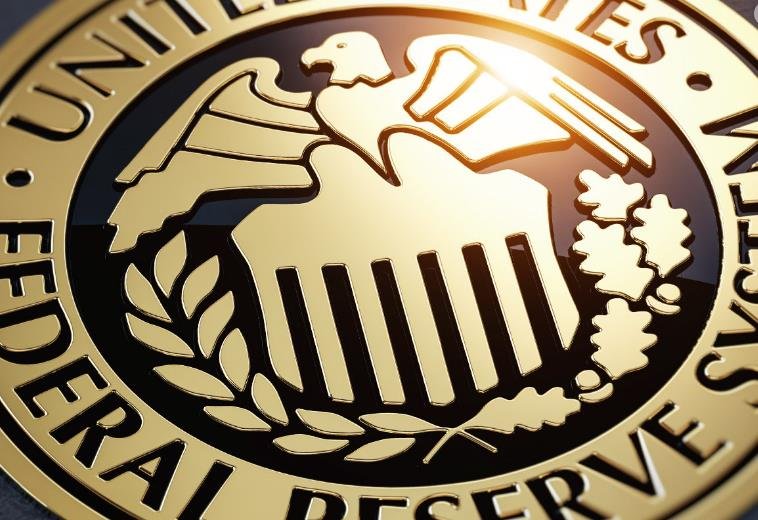The Federal Reserve kept its benchmark interest rate unchanged at 2.25% to 2.5% on Wednesday, but signaled that it may cut rates three times next year to support the economy amid slowing growth and low inflation. The Fed also revised down its projections for GDP growth, inflation, and unemployment for 2024 and 2025, indicating a more cautious outlook for the U.S. economy.
The Fed’s decision was welcomed by investors, who had been anticipating a dovish pivot from the central bank after a series of disappointing data and trade tensions. The Dow Jones Industrial Average closed at a record high, ending the day up 158 points, or 0.43% at 37,248.35. The S&P 500 added 0.26% to end the day at 4,719.55, while the Nasdaq Composite gained 0.19% to 14,761.56.

The Fed delivered the dovish pivot that we expected heading into the December meeting, Michael Gapen, chief U.S. economist at Bank of America, wrote on Wednesday. While we did not expect the Fed to move to an outright easing bias, we did expect it to move to a more balanced reaction function and, in the event, we think it did just that.
Retail sales rebound in November, beating expectations
Adding to the market optimism, the Commerce Department reported that retail sales rose 0.7% in November, beating the consensus estimate of 0.4%. The increase was driven by strong spending on online shopping, clothing, and electronics, as consumers took advantage of Black Friday and Cyber Monday deals. Retail sales excluding autos and gas also rose 0.7%, exceeding the forecast of 0.3%.
The retail sales data suggested that consumer spending, which accounts for about 70% of the U.S. economy, remained resilient in the fourth quarter, despite headwinds from trade wars, stock market volatility, and political uncertainty. Consumer confidence also improved in December, according to a survey by the University of Michigan, reaching its highest level since May.
The consumer is still very much alive and kicking, said Ryan Sweet, director of real-time economics at Moody’s Analytics. This is a good sign for the holiday shopping season and the fourth quarter.
Solar stocks shine as yields fall and green energy gains momentum
Solar stocks were among the best performers on Thursday, as the 10-year Treasury note yield dropped below 4% for the first time since August, making renewable energy projects more attractive. The Invesco Solar ETF (TAN) climbed more than 8.1%, with constituents SunRun and Enphase gaining 20% and 12%, respectively.
Solar stocks also benefited from the growing momentum for green energy policies, as the Biden administration pledged to rejoin the Paris climate agreement and invest $2 trillion in clean energy and infrastructure. Several states, including California and New York, have also set ambitious targets for reducing greenhouse gas emissions and increasing the share of renewable energy in their power grids.
Solar is one of the fastest-growing segments of the energy sector, said Pavel Molchanov, an analyst at Raymond James. The combination of lower interest rates, supportive policies, and technological innovation makes solar stocks very attractive for long-term investors.
